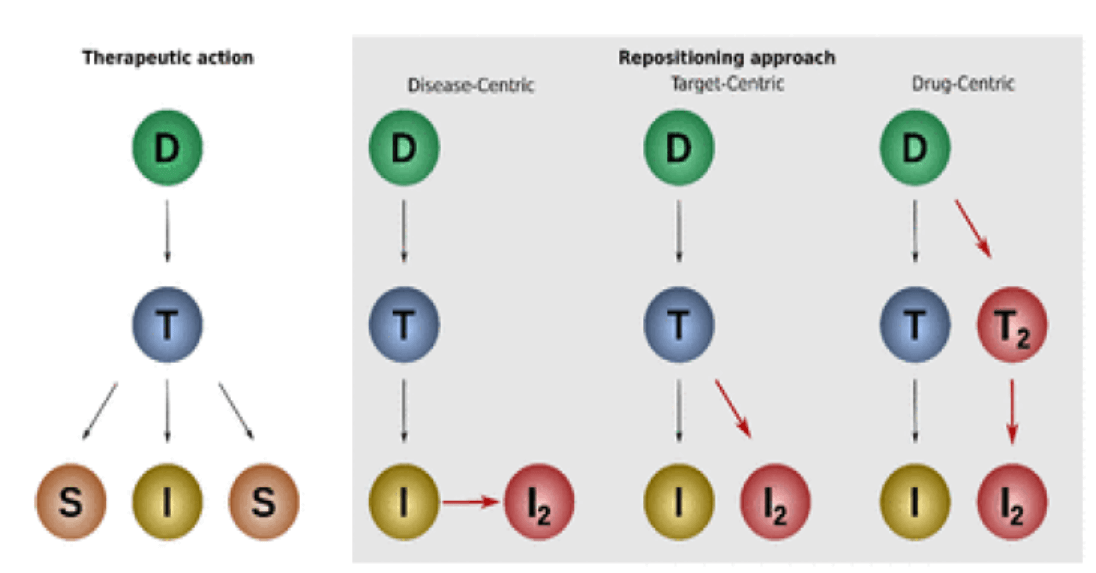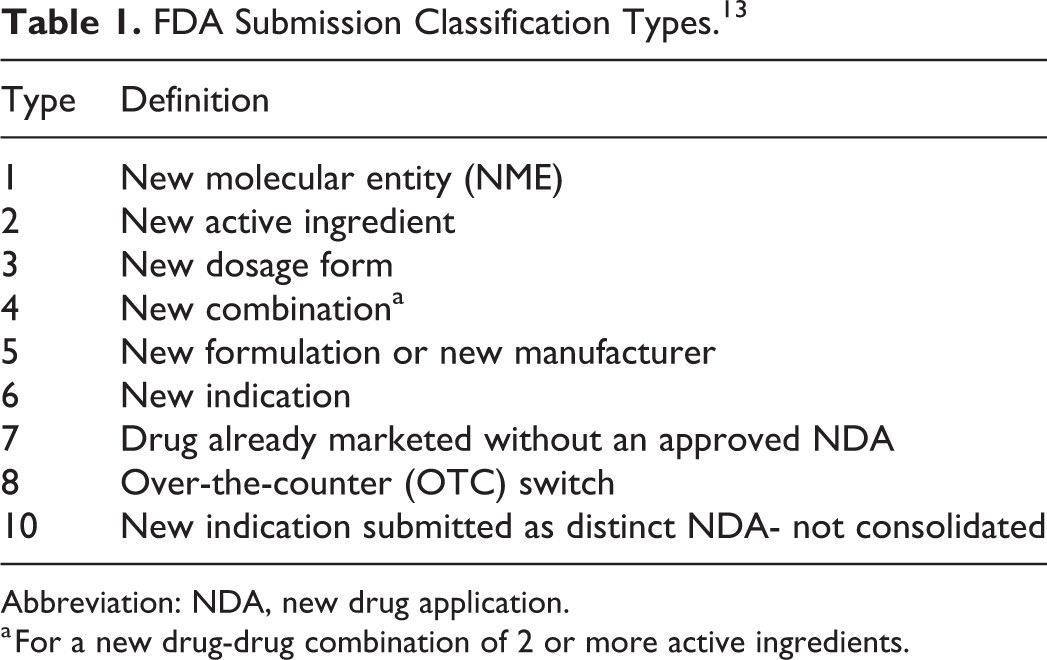
Developing a Risk Management Plan (RMP) for generic drugs is a crucial step in ensuring the safety and efficacy of these medications. An RMP provides detailed information on a medicine’s safety profile, measures to prevent or minimize risks, and plans for ongoing safety monitoring and evaluation. Here is a comprehensive guide on how to develop an RMP for generic drugs:
Key Components of a Risk Management Plan
- Safety Profile: A detailed description of the medicine’s identified and potential risks, including adverse drug reactions (ADRs), drug interactions, and other safety concerns.
- Risk Minimization Measures: Strategies to prevent or minimize risks, such as educational materials for healthcare professionals and patients, controlled access programs, and specific conditions for drug use.
- Pharmacovigilance Activities: Plans for ongoing safety monitoring and evaluation, including post-marketing surveillance, studies, and milestone assessments.
- Benefit-Risk Assessment: An evaluation of the medicine’s benefits and risks to ensure a favorable benefit-risk balance.
Steps to Develop an RMP for Generic Drugs
- Conduct a Risk Assessment: Identify and characterize the medicine’s risks based on clinical trials, post-marketing surveillance, and other available data.
- Develop Risk Minimization Measures: Design and implement strategies to mitigate identified risks, such as educational materials, controlled access programs, and specific conditions for drug use.
- Create a Pharmacovigilance Plan: Outline ongoing safety monitoring and evaluation activities, including post-marketing surveillance, studies, and milestone assessments.
- Perform a Benefit-Risk Assessment: Evaluate the medicine’s benefits and risks to ensure a favorable benefit-risk balance.
- Submit the RMP: Submit the RMP to regulatory authorities, such as the European Medicines Agency (EMA) or the U.S. Food and Drug Administration (FDA), as part of the marketing authorization application.
Regulatory Requirements
- European Union (EU): Companies must submit an RMP to the EMA at the time of application for a marketing authorization. For nationally authorized medicinal products, any national competent authority (NCA) in the EU can request an RMP whenever there is a concern about a risk affecting the benefit-risk balance of a medicine.
- United States: The FDA requires a Risk Evaluation and Mitigation Strategy (REMS) for certain medications with serious safety concerns. A REMS is a drug safety program that helps ensure the benefits of the medication outweigh its risks.
- Japan: The Pharmaceuticals and Medical Devices Agency (PMDA) requires a Risk Management Plan (RMP) as part of the marketing authorization application. The RMP includes a Safety Specification, Pharmacovigilance Plan, and Risk Minimization Plan.
Best Practices
- Continuously Update the RMP: Modify and update the RMP throughout the medicine’s lifecycle as new information becomes available.
- Collaborate with Regulatory Authorities: Engage with regulatory authorities to ensure the RMP meets their requirements and to discuss any concerns or issues.
- Implement Effective Risk Minimization Measures: Design and implement risk minimization measures that are tailored to the specific risks associated with the medicine.
Conclusion
Developing a comprehensive Risk Management Plan for generic drugs is crucial to ensuring the safety and efficacy of these medications. By following the key components, steps, and regulatory requirements outlined above, companies can create effective RMPs that help mitigate risks and ensure a favorable benefit-risk balance.
“A Risk Management Plan provides detailed information on a medicine’s safety profile, measures to prevent or minimize risks, and plans for ongoing safety monitoring and evaluation.” – European Medicines Agency
References:
- European Medicines Agency. (n.d.). Risk management plans. Retrieved from https://www.ema.europa.eu/en/human-regulatory-overview/marketing-authorisation/pharmacovigilance-marketing-authorisation/risk-management/risk-management-plans
- Medicines Evaluation Board. (2022). Risk management plan. Retrieved from https://english.cbg-meb.nl/topics/mah-risk-management-plan
- U.S. Food and Drug Administration. (2005). Guidance for industry: Development and use of risk minimization action plans. Retrieved from https://www.fda.gov/media/71268/download
- Pharmaceuticals and Medical Devices Agency. (n.d.). Risk Management Plan (RMP) Guidance (Draft). Retrieved from https://www.pmda.go.jp/files/000153112.pdf
- U.S. Food and Drug Administration. (2023). Risk Evaluation and Mitigation Strategies (REMS) Program. Retrieved from https://www.fda.gov/drugs/our-perspective/our-perspective-two-part-series-risk-evaluation-and-mitigation-strategies-rems-program






















